They’re both adorable, slippery, and spend half their lives flopping around beaches like they’ve got nowhere to be.
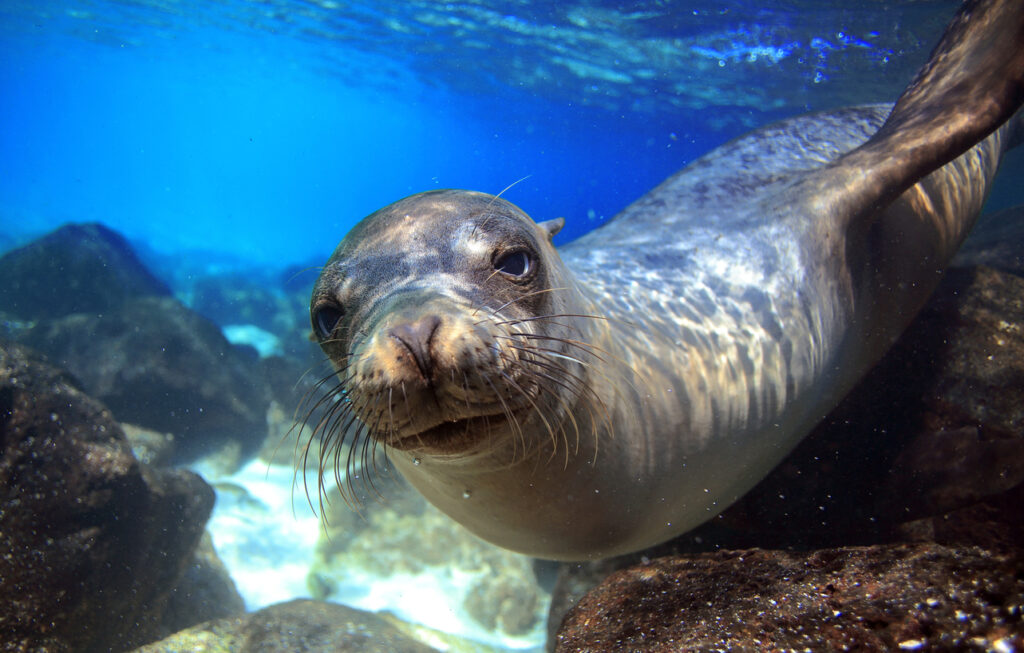
However, seals and sea lions are more different than most people realise. Whether you’re spotting them on the coast or just trying to win a pub quiz, here are 12 key ways these marine mammals go beyond flipper-deep differences.
1. Sea lions have visible ear flaps.
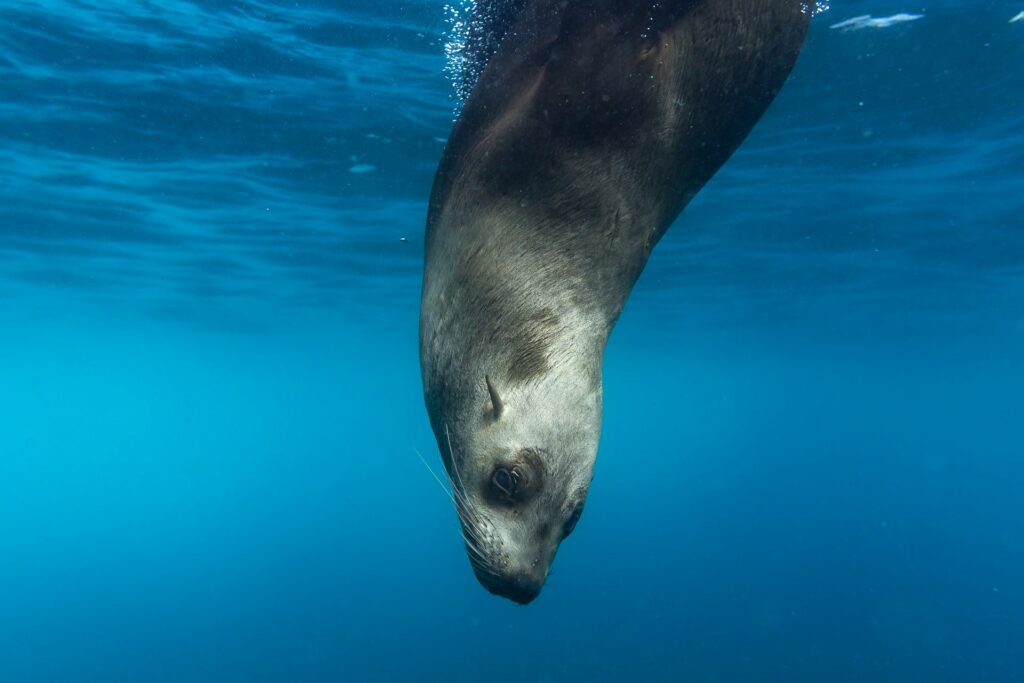
One of the simplest ways to tell them apart is by looking at their ears. Sea lions have external ear flaps—little triangle-shaped folds you can clearly spot on the sides of their heads. Seals, on the other hand, don’t have these. They’ve got small holes instead, making their heads look smoother and more streamlined.
This difference isn’t just cosmetic. It reflects evolutionary splits in how the two animals have adapted to their environments. Sea lions’ ears help them with sound direction above water, while seals rely more heavily on hearing underwater, where external flaps aren’t especially helpful.
2. Seals are quieter; sea lions are loudmouths.
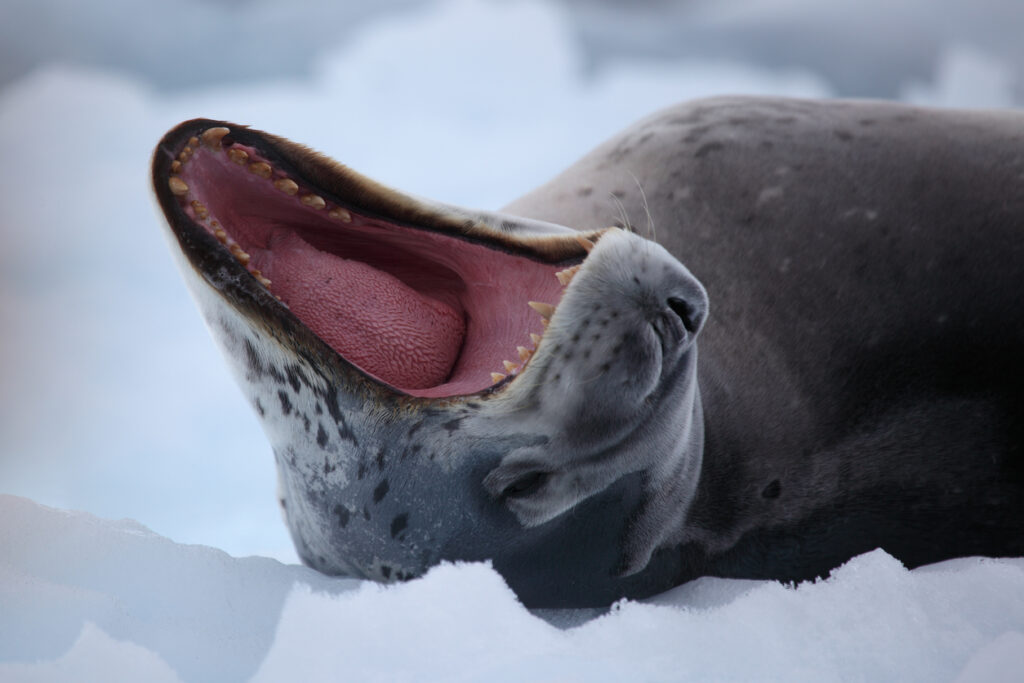
If you hear something barking like an overexcited dog near the ocean, chances are it’s a sea lion. They’re famously noisy, using loud barks and yelps to communicate in colonies. Seals, by contrast, are much more reserved. They mostly grunt, snort, or make soft clicking sounds underwater.
This makes sense given their lifestyles. Sea lions often gather in large social groups and need to communicate over long distances, while seals spend more time alone or in quieter, less densely packed areas. Basically, sea lions are the party animals—seals are more introverted.
3. Sea lions can walk on land (kind of).
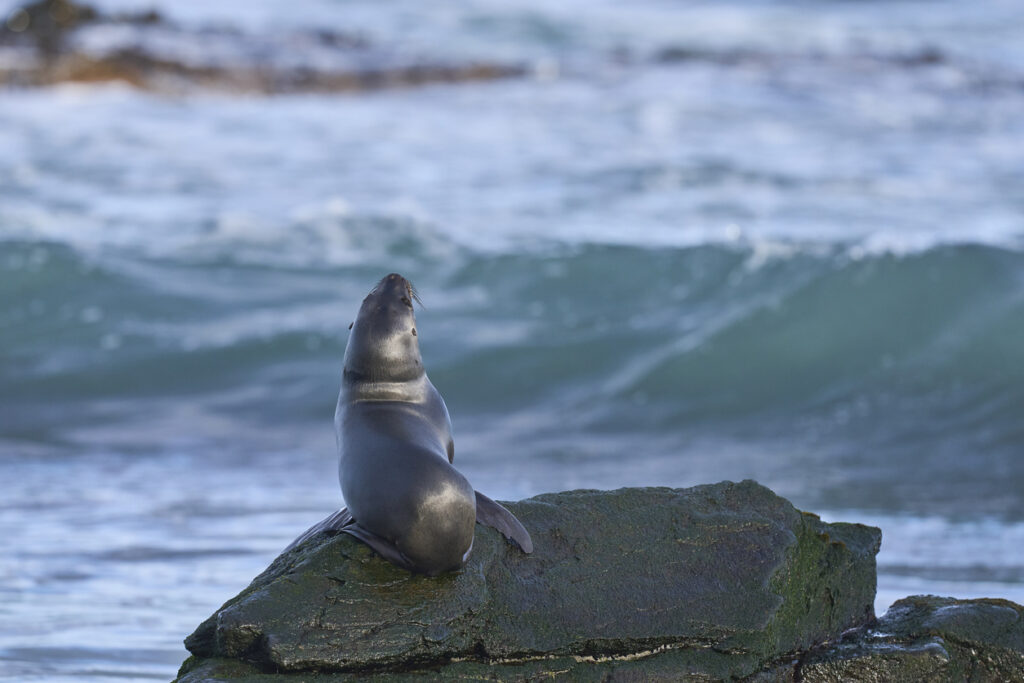
Sea lions have rotating hip bones and large front flippers that allow them to “walk” on land. It’s more of a waddle mixed with a push-up, but they’re surprisingly agile for something shaped like a fat sausage. They can even climb rocks and chase after intruders if they feel threatened.
Seals, on the other hand, look like they’re doing the worm dance across the sand. Their back flippers can’t rotate under their bodies, so they scoot along by undulating their torsos. Great swimmers, not great hikers—that’s the seal way.
4. Seals are better swimmers.
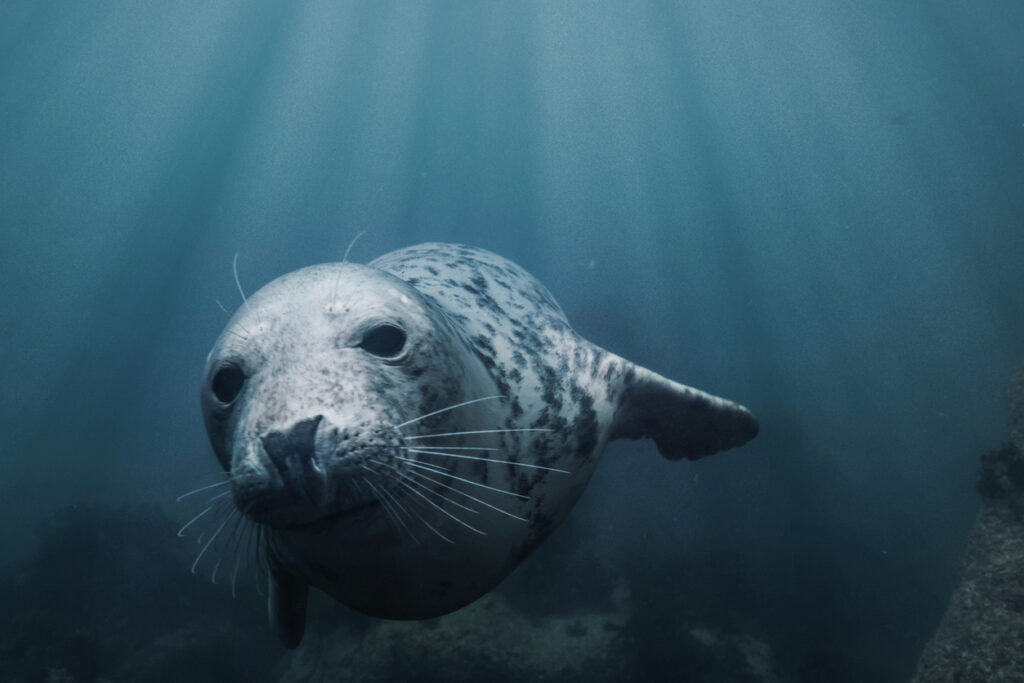
While sea lions dominate on land, seals own the water. Their streamlined bodies and powerful rear flippers allow them to glide through the ocean with minimal effort. They’re built for stealth and speed beneath the waves, especially when hunting fish or evading predators.
Sea lions, in comparison, use their front flippers to propel themselves and aren’t quite as sleek in the water. They’re still strong swimmers, but they trade a bit of speed for more agility and better manoeuvrability when navigating near the surface.
5. Sea lions are social butterflies.
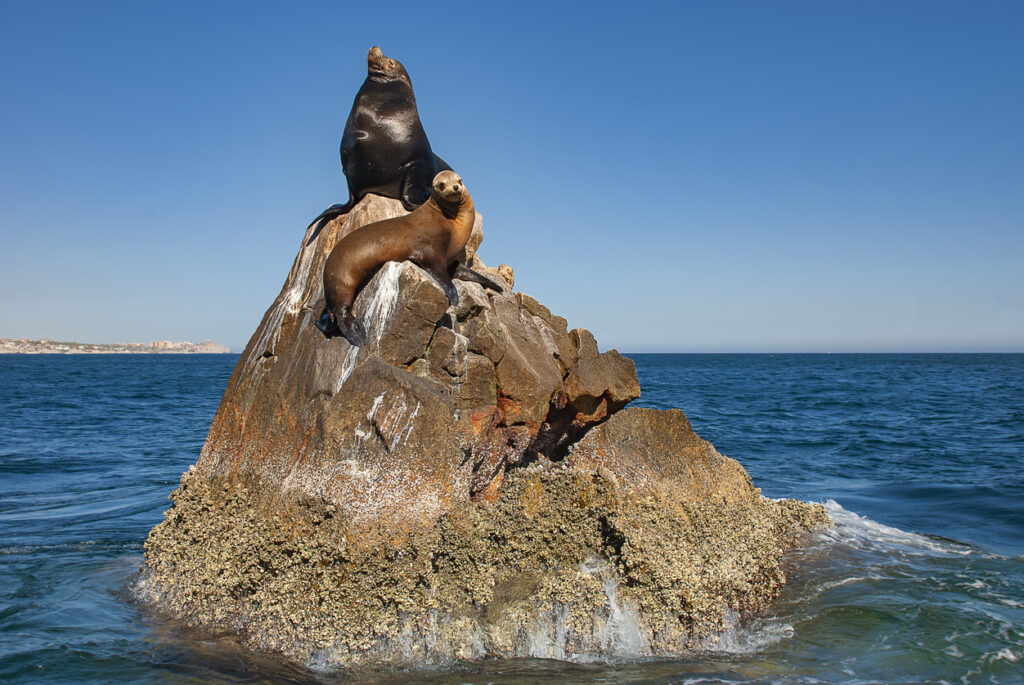
Sea lions gather in huge, noisy colonies called rookeries. You’ll often see dozens or even hundreds piled on rocks, sunbathing, squabbling, or just flopping around together. They thrive in groups and are constantly communicating with one another.
Seals are more solitary. Outside of breeding season, you’re likely to spot them alone or in small, quiet clusters. They haul out to rest and warm up, but they’re not into big crowds or noisy social scenes. Think sea lion = extrovert, seal = introvert.
6. Their flippers are totally different.
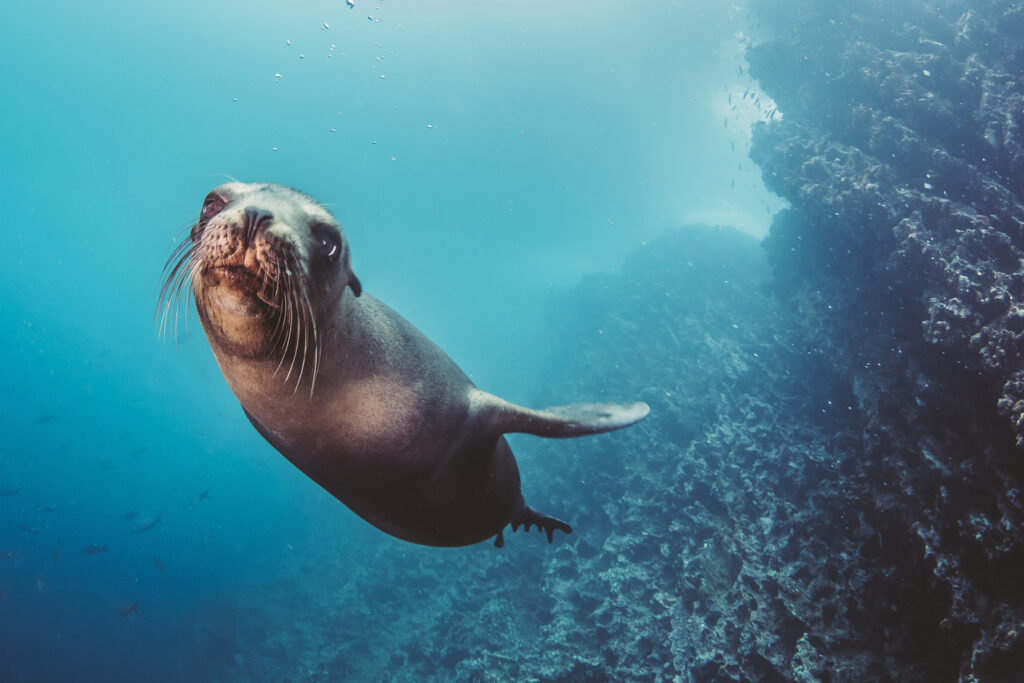
Sea lions have long, paddle-like front flippers with visible nails and skin that stretches like wings when extended. These help them “fly” through the water and prop themselves up on land like awkward gymnasts. They also use them for slapping during fights or mating displays.
Seals’ front flippers are short and stubby by comparison, more like furry paddles. Their rear flippers are the powerhouse when it comes to swimming, and they can’t use them to move around on land the way sea lions can. Flipper shape alone gives away a lot.
7. They belong to different families.
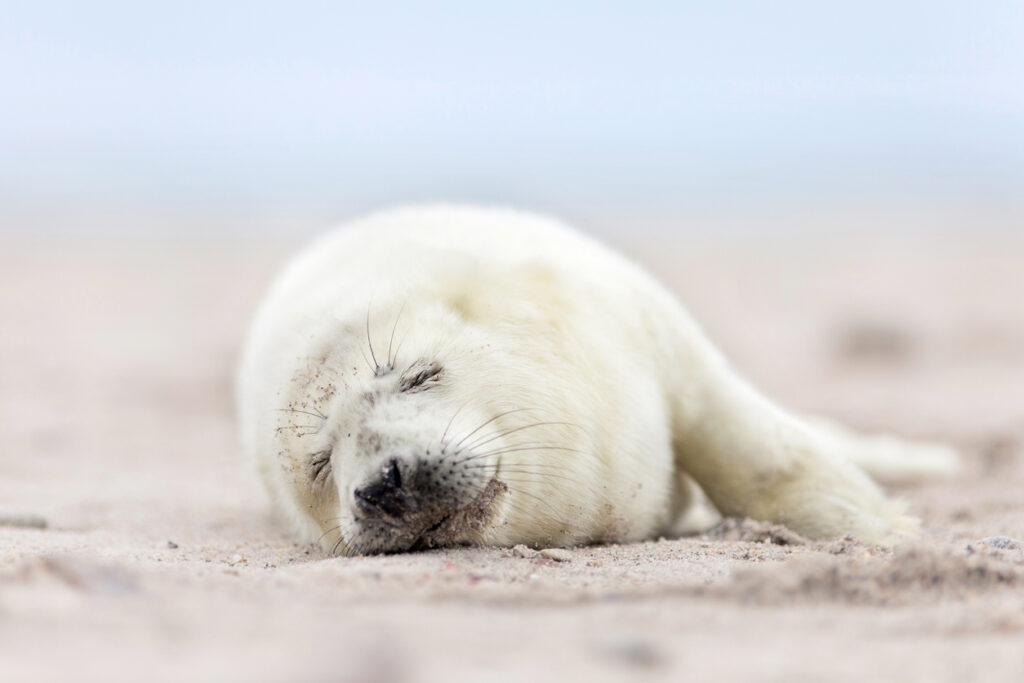
Seals and sea lions are both part of the pinniped group (meaning “fin-footed”), but they belong to entirely different families. Sea lions are part of the Otariidae family, also known as “eared seals.” True seals belong to the Phocidae family, or “earless seals.” This difference is why so many of their traits, from ear shape to flipper movement, diverge so clearly. They evolved differently, even if they both ended up with similar blubbery, beach-loving lifestyles.
8. Sea lions have more expressive faces.
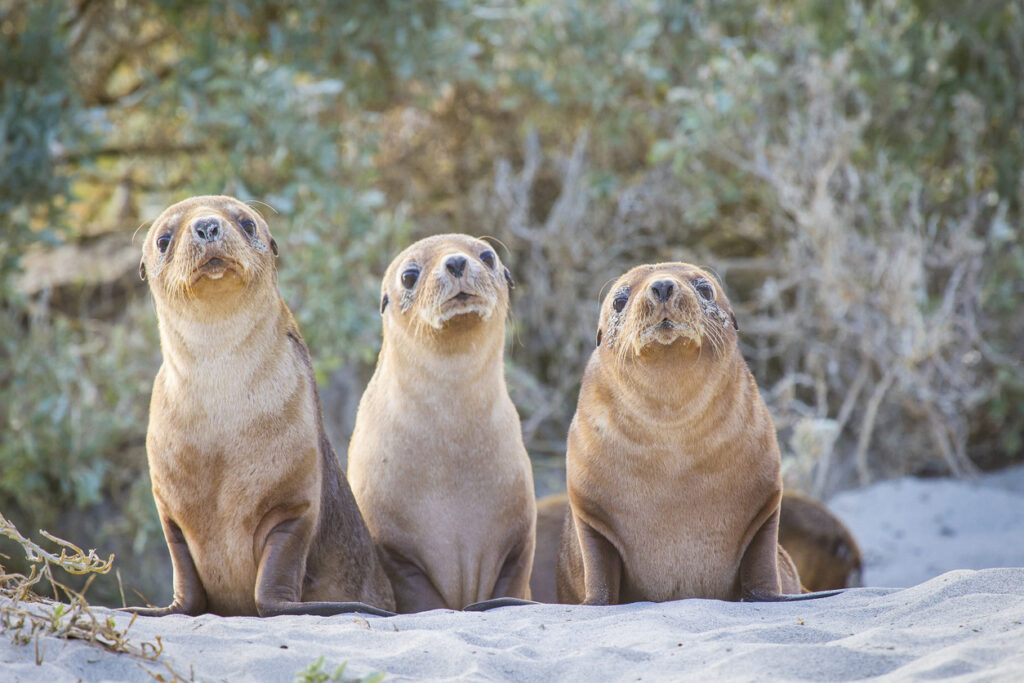
If you’ve ever seen a sea lion grin or raise its head with dramatic flair, you’re not imagining it. Their facial muscles are more developed, giving them a wider range of expressions. This comes in handy for communication, especially in big social groups.
Seals, on the other hand, have rounder, more uniform faces. Cute, yes, but not quite as animated. Their more limited expressions reflect their quieter, more reserved nature. Think of sea lions as the theatre kids and seals as the quiet doodlers in the corner.
9. They raise their pups differently.
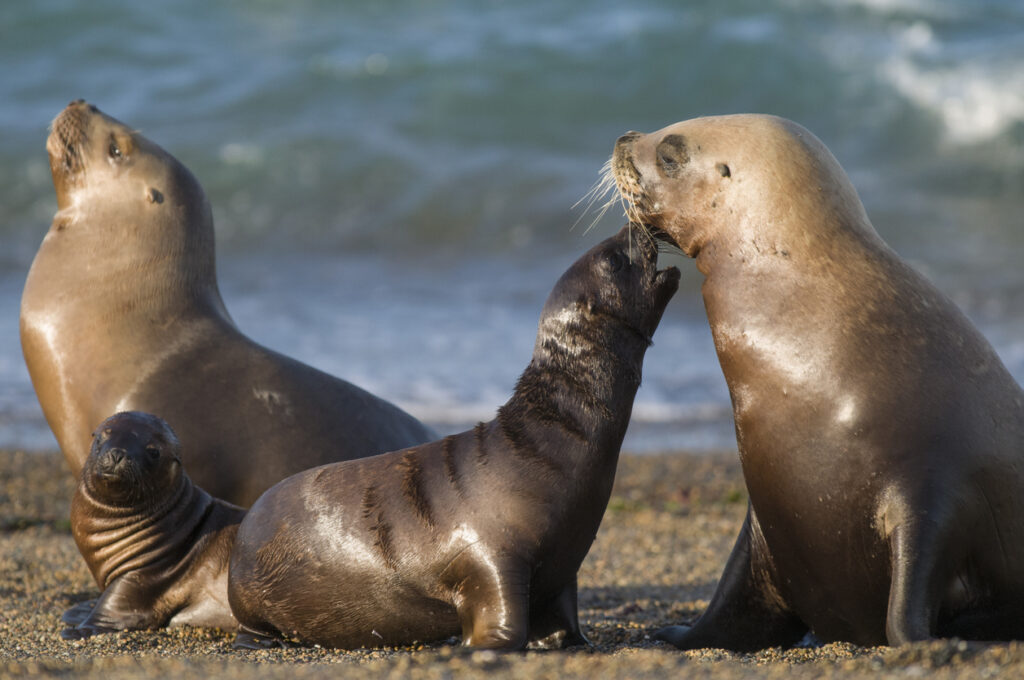
Sea lion mothers nurse their pups for several months and will often leave them on shore while heading out to feed, returning to recognise them by sound and scent. It’s a social system where pups grow up around a busy, noisy colony of peers. Seal mums are a little more hands-off. They typically nurse their young for a shorter period, often just a few weeks, and then leave them to fend for themselves. There’s less bonding time, and seal pups have to grow up fast, or not at all.
10. Their teeth give away their diet.
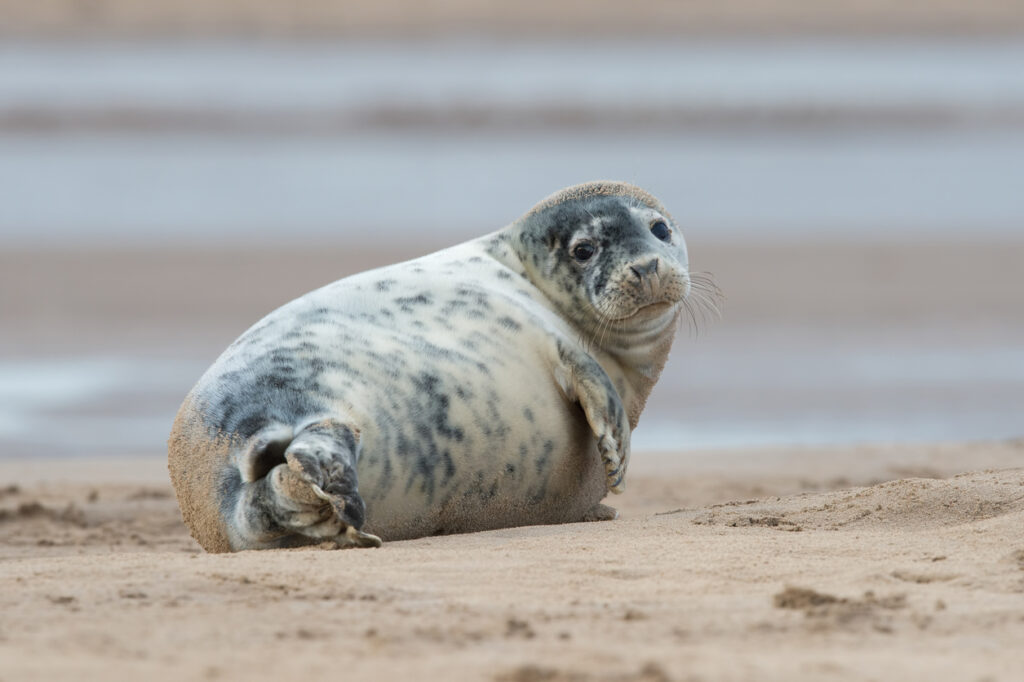
Both are carnivores, but if you look closely at their teeth, you’ll notice a difference. Sea lions have cone-shaped teeth perfect for catching and tearing into slippery fish and squid. They’re also a bit more opportunistic and will eat whatever they come across in a pinch.
Seals tend to have more specialised teeth, with back molars designed for grinding, depending on the species. Some even have teeth suited for sucking soft-bodied prey out of shells. Their diets can be more selective, depending on habitat and species.
11. Sea lions are more adaptable to captivity.
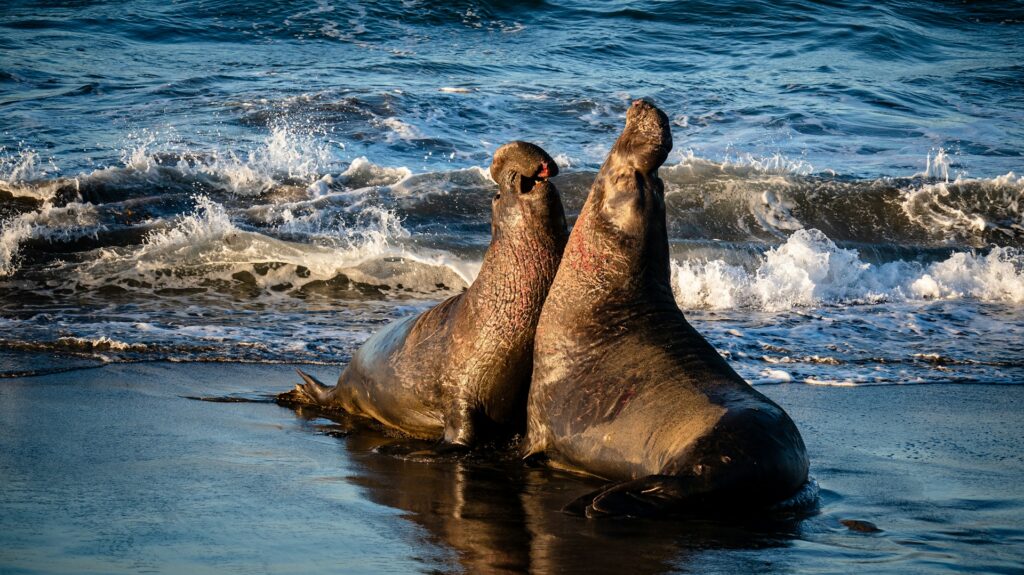
You’re far more likely to see sea lions in aquariums or marine shows, and there’s a reason for that. Their social nature, trainability, and comfort on land make them easier to work with. They’re quick learners and can form bonds with trainers.
Seals, in contrast, don’t adjust as well to captive environments. They’re less interested in people and not quite as cooperative. While some species are kept in zoos for conservation or research, they’re rarely used in performances or public demonstrations.
12. Their global distribution varies.
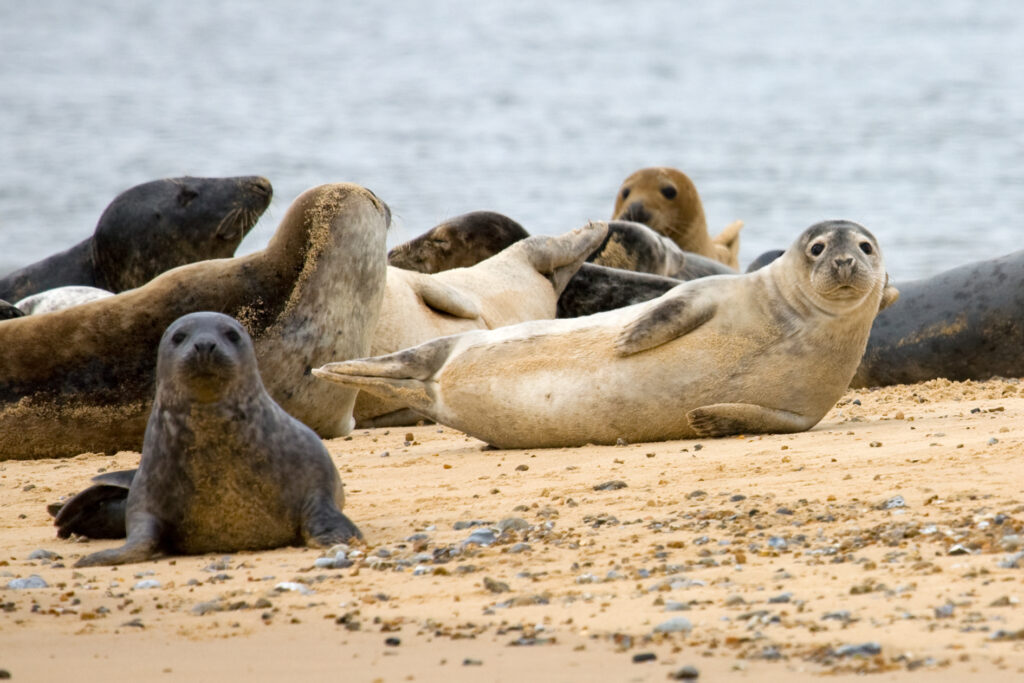
Seals are more widely spread across the globe, from icy Arctic shores to temperate and even tropical waters. There are more species of seals, and they’ve adapted to an impressive range of climates, from Antarctic ice floes to the UK coastline.
Sea lions are more limited in range. Most species are found in the Pacific, particularly along the western coasts of North and South America, with a few in Australasia. Their habitats tend to be warmer, and their range isn’t quite as expansive as their seal cousins.